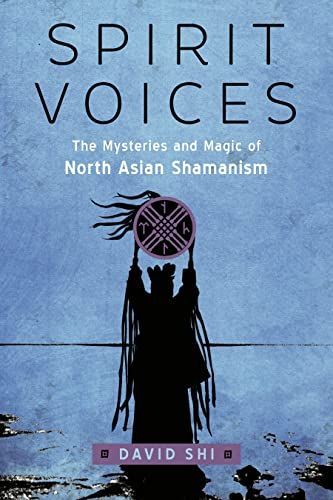
Spirit Voices The Mysteries and Magic of North Asian Shamanism
A guide to authentic North Asian Shamanism, past and present The word shamanism is frequently bandied about but rarely used accurately. Shamanologist Nicholas Breeze Wood coined the following definition: "A shaman is someone chose by the spirits [typically at/before birth] and who can go into a controlled and repeatable deliberate trance state, during which they: A) experience 'spirit flight,' where they go to meet the spirit worlds and meet spirits, who they either fight with, negotiate with, or trick, in order to create change in this physical world, or B) are often taken over/possessed by the spirits (normally ancestral shaman spirits, or local land spirits) while in this physical world--the spirits using the shaman's voice and body to heal, or give advice to members of the shaman's community. Without the spirits, and their blessing, a shaman can not exist or function. Without the trance state, it is not shamanism." Author David Shi, for whom these are family traditions, explores the history and practice of shamanism. What is it? Where is it from? How does one become a shaman? Shi guides readers through unfamiliar territory--the landscape of North Asia--and through what are largely hidden and unfamiliar traditions. Spirit Voices takes and in-depth look at three main cultural shamanic traditions: Turkic, Mongolic, and Tungus. Spirit Voices features history, first-hand experiential reports, mythology, and folklore to explore the spirits, spirituality, and practices of true shamanism. In addition to history and analysis of North Asian shamanism, Shi also provides practical information for those readers seeking to implement practices that are appropriate to non-initiates and outsiders to the culture.